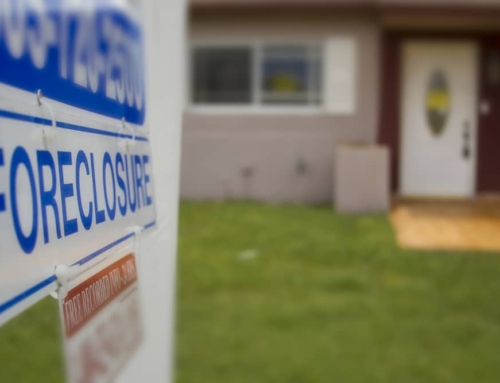With prices on the downswing, I’ve been thinking about buying a rental house in and around my city. It isn’t a big place, but like every other home buyer, I’ve seen the number of “for sale” signs increasing as the number of foreclosures multiplies.
More than 80 percent of home buyers start their search for a house on the Web. They will tap into an average of seven Web sites and search amongst them all to find what they’re looking for.
The big real estate Web sites would prefer that you simply choose one and be done with it. From a business perspective, that makes sense. The site that captures the most Web site lookers and provides the leads back to the most real estate agents will be the site that gets the biggest payoff in the long term.
But while researching homes for sale in my neighborhood across the major Web sites, I’ve discovered that no matter how far real estate sites have come on the Internet, there’s a long way to go to provide complete information on buying a house, financing that purchase, and moving into your new home.
I tapped into three of the biggest Web sites to see how they compare in terms of the depth of listings offered.
Zillow, which started as a place to find out how much your house was worth (the so-called "Zestimate") has blossomed into a bulletin board for real estate for sale. The day I searched, there were 135 homes listed for sale in my neighborhood on Zillow, most of which have been posted by big real estate brokerage companies, including Coldwell Banker, Baird & Warner, and Prudential Real Estate.
The least expensive residential property (a two-bedroom, two-bath condo) was listed for $235,000. The most expensive property listed on Zillow was an enormous mansion built in the 1930s, listed for $9.9 million.
Next up, I tapped into Trulia, a real estate Web site that offers stats and trends, as well as a forum for local "voices" who answer questions from site visitors. Trulia also allows you to search by keyword, which is helpful in some situations.
After I entered in my search parameters, Trulia came back with 167 listings in my ZIP code. The least expensive property in the area I’m interested in was a two-bedroom, one-bath property listed for sale at $179,000. The most expensive property was a nine-bedroom, 10 1/2 bath estate listed for $10.9 million. The second most-expensive property was the 1930s mansion listed at Zillow for $9.9 million.
As a side note, Trulia also came back with a 1,450 square foot commercial/investment condo located in a multi-use building within the search area. There weren’t any photos, nor did the listing agent take Trulia up on its offer to “brand” the listing with the agent’s phone or contact information. The listing seemed oddly placed next to the single family homes, but it was interesting to know it was there.
I also liked seeing the foreclosure listings in my neighborhood, the result of a partnership arrangement with RealtyTrac.
The last site I checked was Realtor.com, the Web site owned by the National Association of Realtors, and supposedly the site with the largest number of homes for sale. If you’re buying a home, Realtor.com should be at least one of the various sites you visit.
Sure enough, Realtor.com contained the most listings in my ZIP code, but the information was confusing. The site said there were 181 properties that matched my ZIP code, but that there were 223 properties for sale in my ZIP code. I later discovered that some of the properties included rentals and vacant lots for sale.
The least expensive home listed for sale at Realtor.com was the two-bedroom one-bath condo for $179,000. The site also listed the $10.9 million mansion as the most expensive property for sale in the neighborhood. I had seen both of these, with the identical listing information (as best as I could tell), at Trulia.
In a perfect world, if each of these Web sites had identical information, and identical listings, I suppose it would be easy for a home buyer to simply pick one or two favorite national sites, plus a local real estate brokerage company’s sites to find everything that’s available.
But the Web isn’t perfect (yet!), and neither is the world of real estate. There are thousands of real estate sites to explore, and at least for the time being, discover different listings, new information and additional photos.
For real estate agents who list properties on the Web, but don’t include photos, videos, floor plans, maps and other Web applications that let home buyers explore what’s available, you’re missing out. The sites I spent the most time on were the ones that gave me a great idea of what the property and immediate area looked like, and how they fit together in the big picture of my community.
Aug. 28, 2008.






Leave A Comment